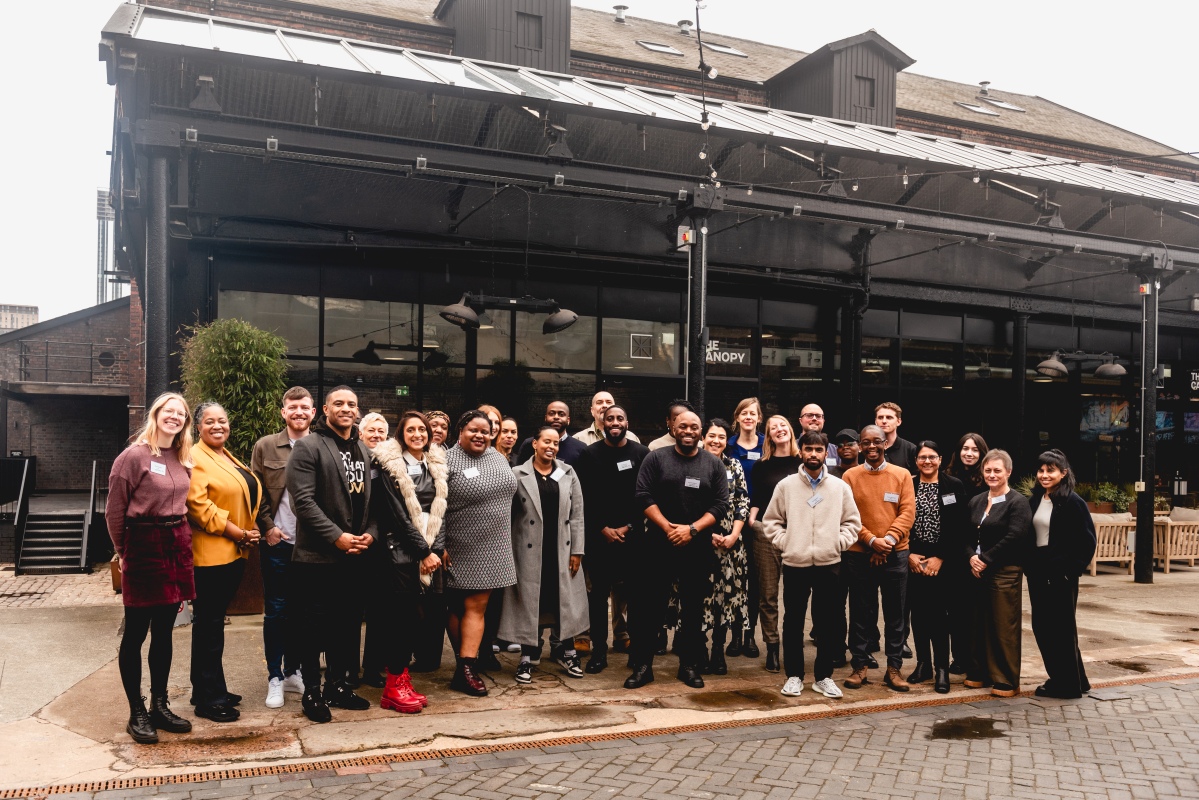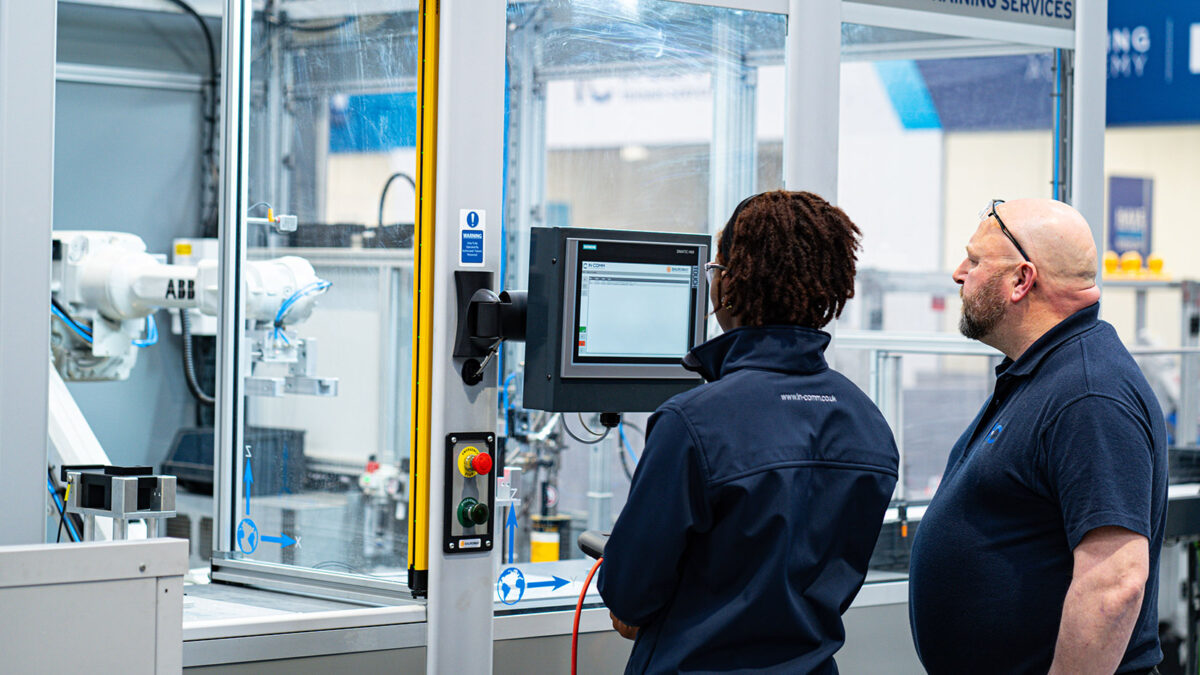Safeguarding and welfare in end-point assessment

In my previous article on end-point assessment, I touched on the lack of direct reference to safeguarding in the ESFA conditions for EpAOs, the DQB handbook, and Ofqual conditions, despite safeguarding being as important to end-point assessment as it is to apprenticeship training. Whilst EpAOs must submit a safeguarding policy when they apply to the ESFA register of end-point assessments organisations, a lack of reference to safeguarding in the Conditions risks it being overlooked.
However, the Conditions do refer to ‘duty of care’ and ‘protecting the interests of learners’, suggesting a broader link to safeguarding, covering welfare, health, safety, equality and diversity. As a result, when I am working with EpAOs, I tend to expand on the statutory definition of safeguarding (children and vulnerable adults), to take a more holistic approach. This is not about underplaying the absolutely critical importance of safeguarding, but expanding on it to ensure the safety, welfare and wellbeing of all apprentices. To support this approach, here are some of the areas I look at / discuss when working with EpAOs in this area:
Safe recruitment and selection of EpAO staff
The safe and effective recruitment of staff will ultimately support the safeguarding of apprentices. (1) Language – is the language neutral, such as tradesperson not tradesman, or they/their/them instead of he/she?
(2) Job descriptions – do they have clear duties and responsibilities and a description of the role that avoids jargon and abbreviations? Are there any criteria in the job description that are not relevant to the position (it’s amazing what can sneak in when generic company templates are used!)? (2) Are person specifications clear on the essential and desirable skills, knowledge and qualifications, and can they be tested effectively at interview?
(3) Have you made your requirements clear on references?
(4) Do you only collect information in the application that is relevant to the role. For example, do you really need to know marital status? However, there are certain areas where it will be important to ask at application, such as criminal convictions for certain job roles. You may also want to ask about disabilities, but I would recommend capturing this separately to the application to avoid any unintended bias entering the selection process (you may even leave this part until after the selection has been made).
(5) Does your recruitment process include detail on rights of access under data protection, and how their information will be used?
(6) Have you made the selection process clear, such as tests and interview, and have you ensured accessibility of the selection process?
(7) Do you have at least 2 relevant people reviewing applications to create a shortlist, and to deliver the interview? Do you have a selection / interview checklist that maps back the job description and person specification?
(8) Do your interviewers meet as a panel afterwards to go through the notes and make an informed and bias free selection based on the requirements of the role?
(9) Are you clear on who requests the references and the process from reference submission to contracting?
(10) Do you have a process for DBS checks – who requires them, what level of check is required (standard or enhanced) and when they are carried out?
(11) Do you have a process for checking conflicts of interest at recruitment to enable you to confirm the role they are able to play in the EPA service?
(12) Do you have the same rigour for the selection of freelance staff as well as employed staff?
Training and Support
Do you provide training for your staff, and support materials for your customers (employers, training providers and apprentices) on safeguarding and welfare? For example
(1) Do staff know and understand safeguarding, and how to identify and report safeguarding concerns? Do they know what a safe assessment site is? Do they know how to behave when carrying out their role, such as codes of conduct covering language, behaviours professional boundaries?
(2) Are employers and training providers aware of their duty of care to apprentices as they go through end-point assessment and what that means / looks like? Is this captured in the contract between the EpAO and training provider?
(3) Do employers and training providers know their role in safeguarding and welfare of their apprentices, and are they aware of the support that is available?, for example, are they aware of the resources available on the IfATE website, the Apprenticeship website, the Learning and Work Institute, the disabled apprentice network, and the BAME apprenticeship network.
(4) Do apprentices know who to talk to if they have concerns during their end-point assessment, and are they aware of support that can ensure and enhance their welfare, such as reasonable adjustments, mock materials and guidance (apprentices may feel more comfortable after having a chance to practice)? I provided examples of support and guidance in a previous article of mine on FE news, so I won’t go into further details here.
Safeguarding and welfare in design
Have you ensured that you have appropriate delivery methods (onsite / off site, on-line / face to face, phone or video), and the appropriate use of language in your assessment tools, materials and guidance, to ensure that the assessment is inclusive and that no apprentice is disadvantaged?
I won’t go into detail on this here, as I have covered it in previous articles such as part 7 of my hints and tips article. Do not assume that remote assessment does not require the same level of scrutiny around safeguarding as a face to face assessment, and remember that apprentices may act very differently depending on their environment and may feel more comfortable in certain types of environment.
Health and Safety across delivery
(1) Do you have processes to check and/or ensure that the sites and equipment used for EPA are suitable and accessible, and to act when they are not? For example, site requirements such as permits and PPE; and equipment requirements, such as brand/type of equipment, internet speed, use of video and internet?
(2) Could the delivery methods have an impact on safeguarding and welfare, or result in disadvantages to certain apprentices, such as the accessibility of assessment sites, the use of materials during assessment, recording equipment at certain sites, the number of people involved in / taking part in an assessment, limited/restricted delivery dates/times, limited delivery methods, e.g., only permitting remote delivery?
Data security and confidentiality
(1) Do you have clear data capture, data sharing, data storage and data disposal procedures, and do you have the appropriate consents and permissions in place? Personal information must never be shared with those who do not require it, and it must never influence how an apprentice is assessed or the assessment judgements that are made. Where reasonable adjustments and special considerations are used, these must be clearly defined so that the assessment process remains fair, rigorous and robust.
(2) Do you have clear policies and procedures to protect data and assessment materials to ensure the integrity of assessment? Mock materials and guidance are a fantastic way of supporting the welfare of the apprentice by preparing them and calming their nerves, but all assessment material must remain strictly confidential.
Managing risk
(1) Does you process for risk identification and management encompass staff and apprentice safeguarding and welfare?
(2) Does your contingency and continuity plan cater for factors that could impact health, safety, safeguarding and welfare, such as hazardous conditions, bad weather, transport failures?
(3) Do you have clear processes for carrying out investigations when reports or concerns are raised around health, safety, welfare and safeguarding?
Monitoring
Do you have quality assurance and monitoring procedures that takes account of safeguarding, welfare and safety, to enable you to learn lessons and continuously improve? Does this process feed all the way through the business from governance to delivery?
I hope that my ideas have helped, I have seen some fabulous examples of approaches to safeguarding and welfare across EpAOs. Safeguarding and welfare spans across the entirety of an apprenticeship and all stakeholders must support its application and enforcement.











Responses